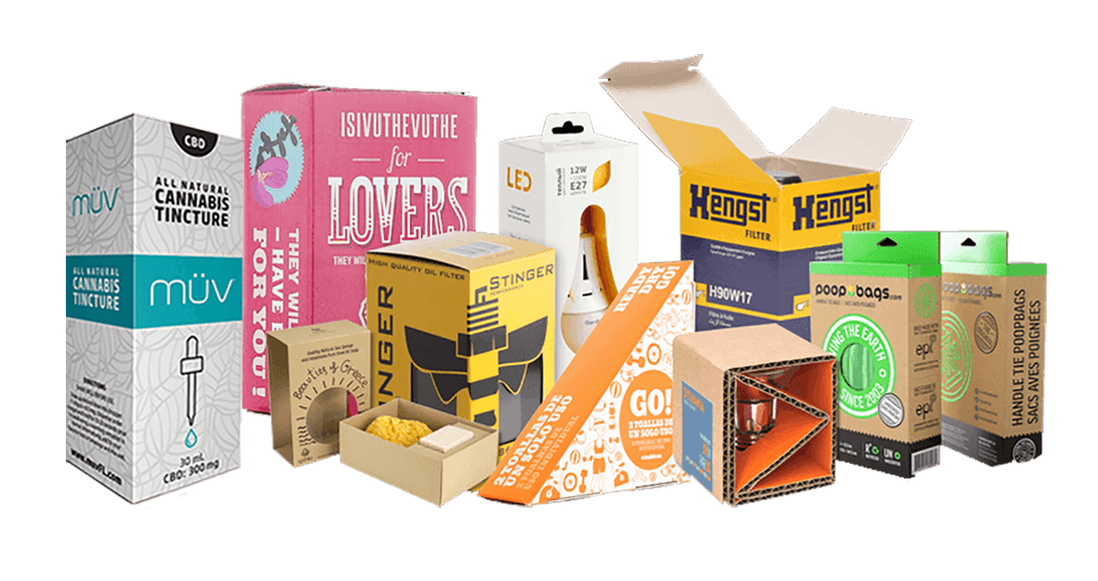In an age where consumers are bombarded with digital content, personalisation has become a key “cut through” strategy .
While digital channels often get the spotlight for their ability to target specific audiences, advances in digital printing have brought the same level of customisation to the world of print, transforming it into a powerful tool for personalised marketing.
Custom Packaging: Beyond the Box
One of the most visible examples of personalisation in print is custom packaging. Brands are now able to create packaging that speaks directly to the consumer, from unique designs that reflect individual preferences to packaging that includes the customer’s name or a personalised message. This level of customisation not only enhances the unboxing experience but also fosters a deeper connection between the brand and the consumer. Imagine receiving a product in a box that feels like it was made just for you—this is the kind of emotional impact that personalised print packaging can achieve.
Individualised Direct Mail Campaigns
Direct mail has long been a staple of marketing, but with digital printing technology, it has become more targeted and effective than ever. Gone are the days of generic mailers that end up in the trash. Today, brands can send out highly personalised direct mail pieces that are tailored to the recipient’s interests, purchasing history, and even local events or trends. By combining data analytics with digital printing, companies can create direct mail campaigns that resonate on a personal level, increasing the likelihood of engagement and conversion.
The Technology Behind Personalisation
The key to this level of personalisation lies in digital printing technology. Unlike traditional printing methods, which require the creation of plates for each design, digital printing allows for on-demand printing where each piece can be different from the last. This flexibility means that marketers can create thousands of unique pieces in a single print run, each tailored to a specific audience segment or individual.
Moreover, the integration of variable data printing (VDP) allows for the dynamic insertion of text, images, and graphics based on the recipient’s data. Whether it’s a personalised coupon code, a product recommendation based on past purchases, or a message tailored to a specific demographic, VDP makes it possible to create a truly individualised print experience.
The Future of Personalised Print
As consumers continue to seek more meaningful and personalised interactions with brands, the role of personalised print in marketing is likely to grow. Advances in technology will only enhance the possibilities, allowing for even greater customisation and interactivity. For brands looking to stand out in a crowded marketplace, personalised print offers a tangible, memorable way to connect with customers on a deeper level.
In a world where digital often dominates, personalised print proves that the physical touch of a well-crafted, customised piece can make a lasting impression.


cheap androxal canada online order
order androxal generic when will be available
enclomiphene price forum
cheap enclomiphene buy from canada
buy rifaximin lowest cost pharmacy
se necesita receta medica para comprar rifaximin
canadian pharmacy no prescription xifaxan
xifaxan in chicago over the counter
purchase staxyn generic online cheapest
online order staxyn australia purchase
discount avodart cheap in canada
buying avodart buy san francisco
dutasteride pharmacy cod saturday delivery
cheapest buy dutasteride cheap online pharmacy
buy flexeril cyclobenzaprine price prescription
buy flexeril cyclobenzaprine price prescription
cheap gabapentin usa online no prescription
purchase gabapentin price for prescription
how to buy fildena purchase in the uk
how to buy fildena generic canadian
cheapest buy itraconazole generic drug
order itraconazole without rx
sun d koberec ukládat nízké náklady kamagra
kamagra cenových obchodů
livre acheter commande en ligne kamagra
kamagra sans ordonnance en ligne avec livraison le lendemain